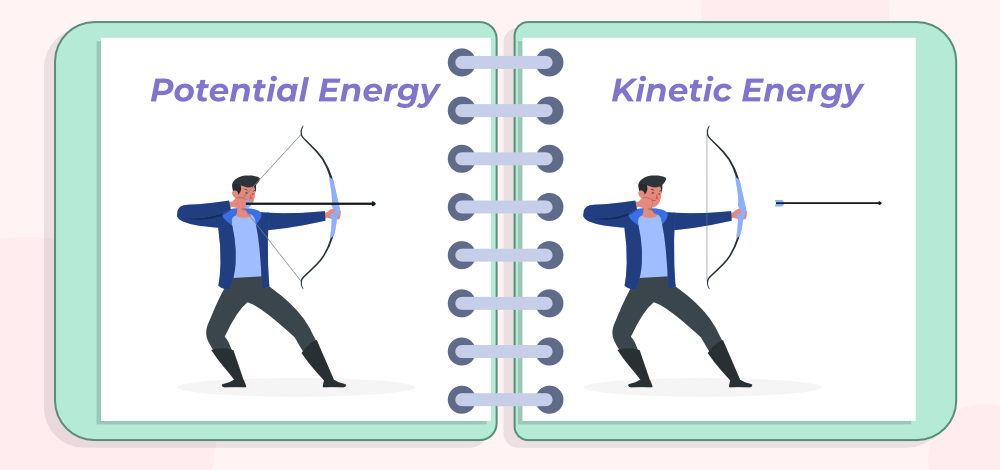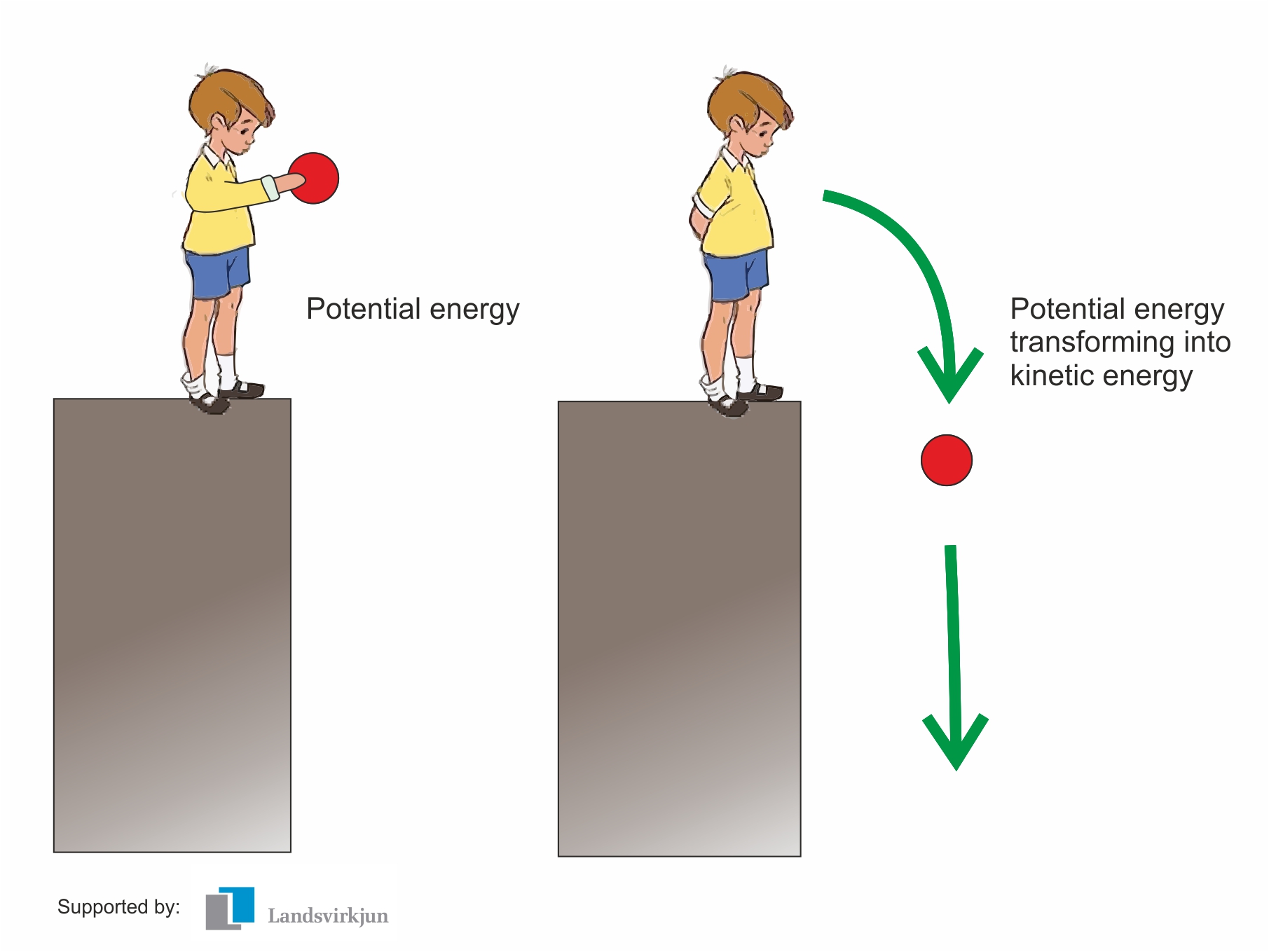Imagine buildings that move, shift, and change with the day, almost like a living thing. This isn't science fiction; it's the exciting world of the kinetic facade, a truly amazing way buildings can interact with their surroundings. These dynamic skins are reshaping how we think about architecture, making structures more than just static objects. So, what is that all about? It's really about bringing life to concrete and steel, making our urban spaces feel a bit more alive and responsive to our needs, you know?
A kinetic facade is, quite simply, a building's outer layer that can move. It's about bringing motion to material bodies, which, as a matter of fact, is the very meaning of kinetic itself. Think about it: a wall that opens to let in fresh air, or panels that shift to block harsh sunlight. This kind of thoughtful design isn't just for looks; it has big benefits for how buildings work and how people feel inside them, too it's almost.
These moving surfaces are becoming more and more common, reflecting a growing desire for structures that are smart, adaptable, and kind to the environment. They represent a significant step in making our connected homes and workplaces better, giving us, in a way, more control and convenience over our immediate environment. It’s pretty cool how they can adjust to different conditions, making life inside a building much more comfortable, you know?
Table of Contents
- What Exactly is a Kinetic Facade?
- How Do These Facades Move and Change?
- Why Do We Need Kinetic Facades? The Big Benefits
- Kinetic Facades in Action: Real-World Glimpses
- The Future of Moving Buildings: What's Next?
- Frequently Asked Questions About Kinetic Facades
- A Look Ahead for Responsive Buildings
What Exactly is a Kinetic Facade?
A kinetic facade is the outer covering of a building that can change its shape or position. This movement is not just for show; it serves a real purpose. It’s about how the building interacts with the outside world, like the sun, wind, or even people passing by. The word "kinetic," by the way, means of or relating to the motion of material bodies and the forces and energy associated therewith. So, a kinetic facade is literally a moving skin for a building.
These facades use various mechanisms to achieve movement. Some might have panels that rotate, while others have louvers that open and close. There are even designs that ripple or fold, creating a constantly changing appearance. This ability to move allows the building to be, in some respects, much more responsive than a traditional, static structure. It’s a bit like a building that can adjust its clothing based on the weather, which is pretty neat.
The goal is often to improve how the building performs. This could mean letting in more light when it's cloudy, blocking harsh glare on a sunny day, or even generating energy. It’s about making the building a more active participant in its environment, rather than just a passive observer. This kind of smart design helps us get the best out of our spaces, much like how you want to be always connected and in control of your own home, you know?
How Do These Facades Move and Change?
The movement in a kinetic facade comes from various sources. Some designs use mechanical systems, like motors and gears, to make panels slide or pivot. These systems are often controlled by sensors that detect things like temperature, light levels, or wind speed. It’s a bit like a very sophisticated set of blinds that automatically adjust themselves, actually.
Other facades might use more passive methods. For example, some materials react to heat, changing shape as the temperature shifts. This is called "thermo-bimetallic" material, and it allows for movement without needing any external power. This kind of clever engineering uses natural forces, harnessing them for the building’s benefit, you know?
There are also facades that use the wind itself to create movement, or even the weight of rainwater. These natural forces can make the building's skin ripple or sway, creating a truly organic feel. It's a very interesting way to think about how energy occurs in many forms and how we can use it in design. Whether it's electric energy or even the force of gravity, designers are finding clever ways to make buildings dance, you know?
Why Do We Need Kinetic Facades? The Big Benefits
One of the biggest reasons for kinetic facades is energy saving. By adjusting to the sun, they can reduce the need for air conditioning in summer and heating in winter. This means lower energy bills and a smaller carbon footprint, which is a really good thing for our planet. It’s a smart step, really, towards financial success, not just for the building owner but for the environment as a whole, too it's almost.
They also improve comfort inside the building. Imagine a workspace where the light is always just right, without harsh glare or dark corners. Kinetic facades can provide optimal natural light and ventilation, making spaces much more pleasant to be in. This kind of responsive environment helps people feel better and work better, you know, just like having the convenience to manage your connected home quickly and easily.
Beyond the practical side, kinetic facades are simply beautiful. They add a sense of wonder and dynamism to our cities. A building that changes its appearance throughout the day or night becomes a landmark, a piece of art that interacts with its surroundings. It shows how architecture can be truly expressive and not just static, which is pretty cool.
These facades also offer increased privacy when needed, or they can open up views when desired. They give building occupants a greater sense of control over their immediate environment. It’s about having the power to adjust things to your liking, much like how you manage your account or your digital TV services. This adaptability is a key part of modern living, after all.
Finally, they offer a fresh approach to building maintenance and durability. Some kinetic designs allow for easier access to parts of the facade for cleaning or repair. Others are designed to shed water or debris more effectively, helping the building last longer. It’s a way of making the building work smarter, not harder, which is something we all want, right?
Kinetic Facades in Action: Real-World Glimpses
While I can't point to specific addresses right now, many buildings around the world are showcasing the possibilities of kinetic facades. Think of structures where thousands of small, individual panels pivot in response to the sun, creating a shimmering, constantly moving skin. This looks really amazing and serves a purpose, too. It’s a bit like watching a huge, organized dance, you know?
Other examples include buildings with large, operable windows or louvers that can open completely to transform indoor spaces into outdoor ones. This blurs the line between inside and out, offering a truly flexible environment. It’s a very clever way to use the building’s skin to create different experiences throughout the day, which is pretty neat.
Some facades are even designed to react to people moving past them, creating interactive displays. This brings a playful element to architecture, making buildings feel more welcoming and engaging. It’s about making the urban environment more interesting and surprising for everyone, you know, adding a bit of unexpected delight to our daily routines.
These projects show that kinetic facades are not just theoretical ideas. They are becoming a tangible part of our built environment, proving their value in terms of both performance and visual appeal. They are, in a way, the future of responsive design, showing us what’s possible when buildings can truly move and adapt, which is pretty exciting, actually.
The Future of Moving Buildings: What's Next?
The future of kinetic facades looks very bright, indeed. We can expect to see more integration with smart home and building systems, allowing for even greater control and automation. Imagine a building that knows your preferences and adjusts itself accordingly, much like how you can manage your connected home quickly and easily. This kind of seamless integration will make our spaces even more intuitive, you know?
New materials are also being developed that can move or change color without complex machinery. These "smart materials" could make kinetic facades more affordable and easier to install, bringing them to a wider range of buildings. This means more buildings could benefit from these amazing features, making our cities smarter and more adaptable, which is a really good thing.
There's also a growing interest in facades that can generate their own energy, perhaps through integrated solar panels that track the sun's movement. This would make buildings not just energy-efficient but energy-producing, too. It’s about taking smart steps towards a truly sustainable future, making sure our buildings contribute positively to the energy grid, you know?
As technology progresses, we might see facades that can display information, act as giant screens, or even purify the air around them. The possibilities are, honestly, quite vast. It’s about making buildings not just shelters, but active, contributing parts of our urban ecosystem. This kind of innovation promises a much more dynamic and responsive built world for all of us, which is pretty exciting, isn't it?
Frequently Asked Questions About Kinetic Facades
What is the main purpose of a kinetic facade?
The main purpose of a kinetic facade is to make a building's outer skin adaptable and responsive to its environment. This can help with things like controlling sunlight, improving ventilation, saving energy, and making the building look more interesting. It’s about giving the building a bit of life, you know, allowing it to adjust to different conditions throughout the day, which is pretty useful.
How do kinetic facades save energy?
Kinetic facades save energy by actively managing how much sunlight and heat enters or leaves a building. For example, on a hot day, panels might close to block the sun, reducing the need for air conditioning. On a cold day, they might open to let in more sunlight for passive heating. This kind of smart adjustment helps keep indoor temperatures comfortable with less reliance on artificial systems, which is a really good thing for energy bills, you know?
Are kinetic facades expensive to build and maintain?
Initially, building a kinetic facade can be more costly than a traditional one because of the moving parts and technology involved. However, the long-term energy savings and improved comfort can often make them a very good investment over time. Maintenance depends on the system; some are designed to be quite robust and require little upkeep, while others might need more regular checks, which is something to consider, you know?
A Look Ahead for Responsive Buildings
Kinetic facades are certainly changing how we think about buildings, bringing motion and adaptability to our structures. They offer a compelling blend of beauty and practicality, helping buildings save energy, improve comfort, and truly interact with their surroundings. Just like being always connected and in control of your home, these facades give buildings a similar kind of responsiveness. It’s about making our built world smarter, more efficient, and more visually engaging, too it's almost.
As we continue to explore new materials and technologies, the possibilities for these moving skins will only grow. They represent a significant step towards creating buildings that are not just static objects, but active participants in our lives and our environment. To find more information you need about new building innovations, you can always visit an architectural design resource, or just learn more about kinetic facades on our site, and, you know, check out this page for more details. It's a very exciting time for building design, actually.



